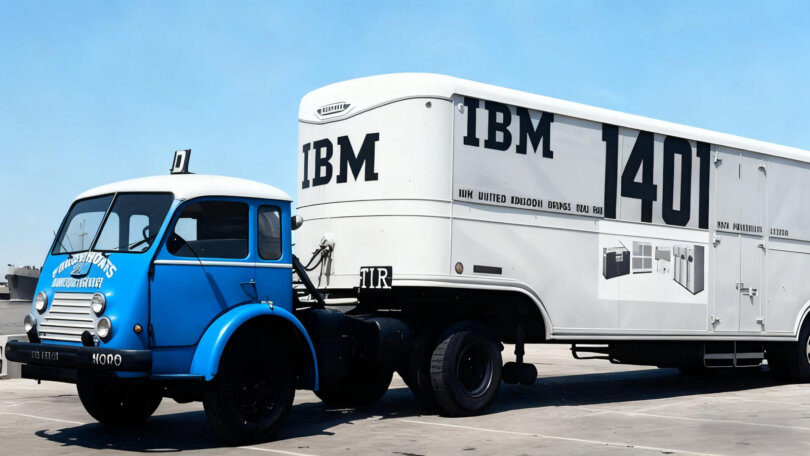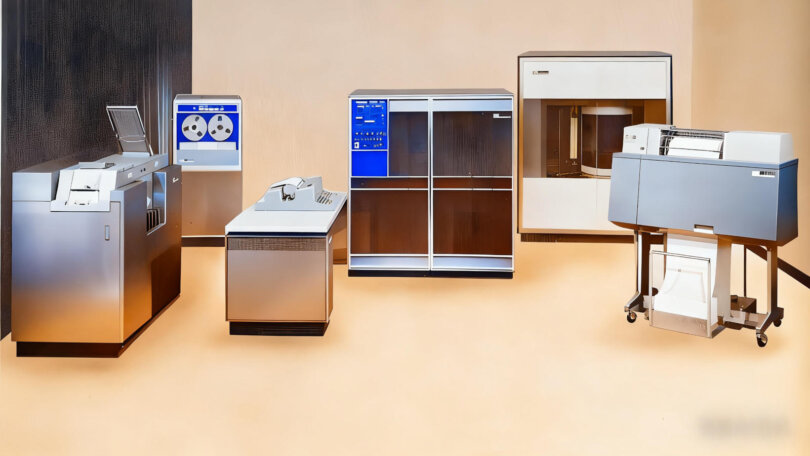Technological progress has significantly transformed the concept of the word “compact“. The picture shows the IBM 1401, one of the first compact computers delivered in the United States in 1959. Its size is already striking, so we can infer the volume of computers that were not classified as compact.

With the IBM 1401, IBM sought to bring the world of computers to a wider and more diverse audience, specifically small businesses. However, theory and practice were far apart in this case, as the computer consisted of several bulky modules and its $2,500 monthly fee did not exactly make it affordable.
The IBM 1401 was the first computer in the 1400 Series, designed specifically to perform administrative tasks. As expected, the 1401 ran on punch cards. Among its technical specifications were high-speed card punching and reading, magnetic tape input and output, program storage, the ability to perform arithmetic and logical operations, and high-speed printing.
Despite its size and complexity, the IBM 1401 had a useful life of 12 years, from 1959 to 1971. Compared to today’s technological advances, 12 years may not seem like much, but at the time it represented an entire technological era, as the pace of advancement was considerably slower than today.



